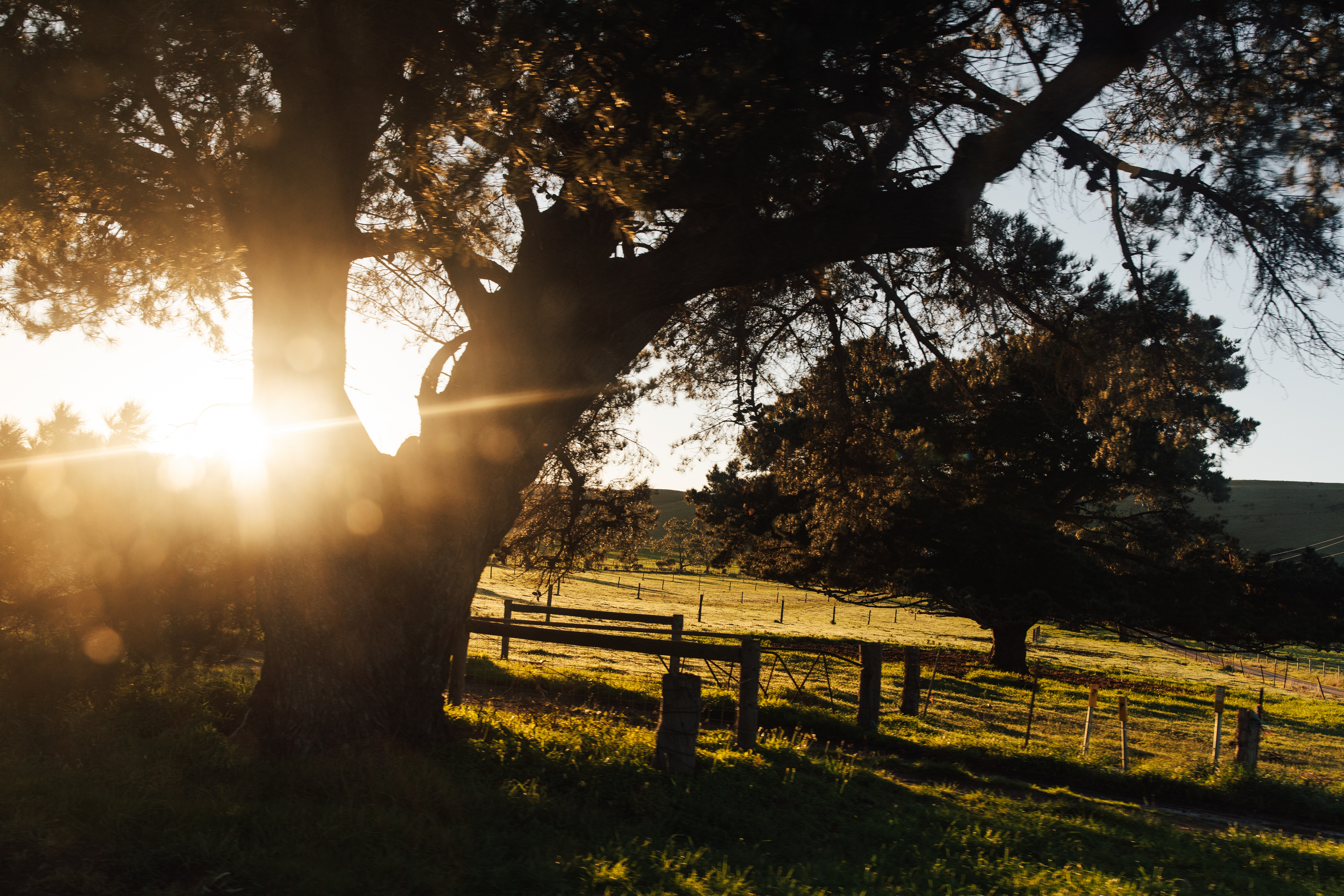
Livestock industry part of the climate change solution
Last week the State Government convened its inaugural Climate Change Conference at the Adelaide Convention Centre. Livestock SA joined PIRSA and the grains and dairy industries to host a primary industries trade site at the conference.
A key focus of the conference was energy generation and transport. Humans are currently using about one and a half world’s worth of resources each year, which is obviously unsustainable and needs to be reduced through energy efficiency, materials efficiency and fuel efficiency.
According to Australia’s National Greenhouse Accounts, in 2021 South Australia emitted 26.6Mt of CO2-e emissions, with energy accounting for 61% of total emissions.
In South Australia, we have seen a 31% reduction in CO2-e emissions since 2005, while GSP has grown 25% during that period. South Australia has a target of 50% reduction in net emissions by 2030 (from 2005 levels) and to be carbon neutral by 2050.
In 2021, agriculture was responsible for 23% of the state’s total emissions, with methane emissions from the livestock industry accounting for over 60% of total agricultural sector emissions (around 14% of the state’s total emissions).
The red meat and livestock industry has reduced its CO2-e emissions by 59% since 2005, a reduction that is larger than any other industry sector in Australia, and our industry has set a target to be carbon neutral by 2030 (CN30).
Most South Australians would be aware that the state is leading others on the energy generation front. In 2022 we reached 70% renewable energy generation, which is expected to reach 100% by 2027. A ‘green grid’ by 2030 is a solid platform and the State Government is looking to capitalise on renewable energy generation. Billions are also set to be invested in hydrogen energy, green steel production and potentially an industrial scale desalination plant to enable the hydrogen and minerals sectors to be more sustainable.
Legislative reforms will be required to grease the wheels on the hydrogen economy. Livestock SA expects amendments to the Pastoral Act and a new Hydrogen and Renewable Energy Act, which is designed to create a one window to government for all hydrogen and renewable energy projects in the state, will be introduced to Parliament in the coming months. These processes are moving fast, and while consultation has been minimal to date, we look forward to more meaningful engagement soon, particularly with our northern members.
As we decarbonise the economy we must avoid carbon myopia, or we risk realising perverse outcomes over the longer term. Our industry continues to point out that while we did not create the problem, we are absolutely part of the solution to the world’s climate and nutritional challenges.
With CN30, we have set the standard for reaching carbon neutrality and already made big strides towards achieving it. And while livestock emissions currently receive the same accounting treatment as fossil fuel emissions, which is scientifically inaccurate, if there is one sector that could claim an exemption to emissions targets it is agriculture. Biogenic carbon is a 10-year cycle within which livestock upcycle inedible plant material on land that cannot grow crops into one of the most nutrient dense and palatable human food sources, and into the world’s greatest natural fibre. It takes 1,000 years for CO2 released from the burning of fossil fuels to be redeposited back into geological reserves.
Humans need a healthy, balanced diet and we need to wear clothes.
By Travis Tobin
